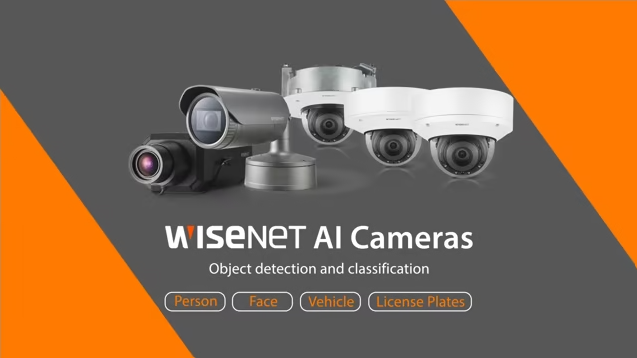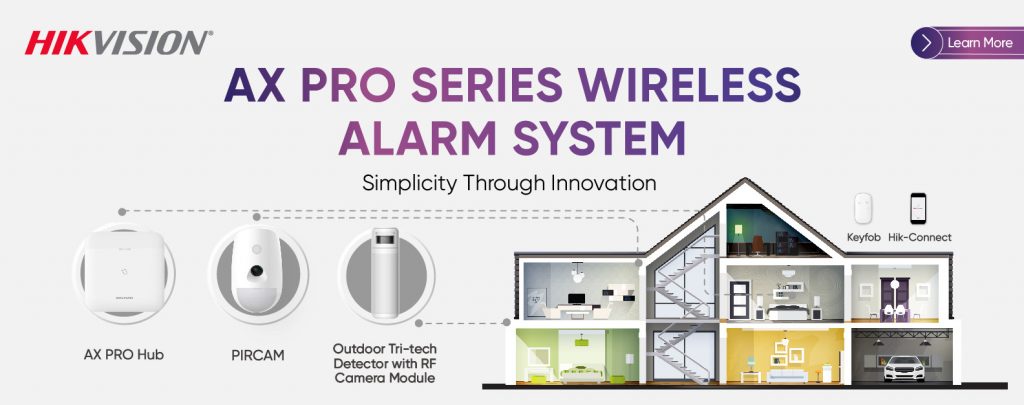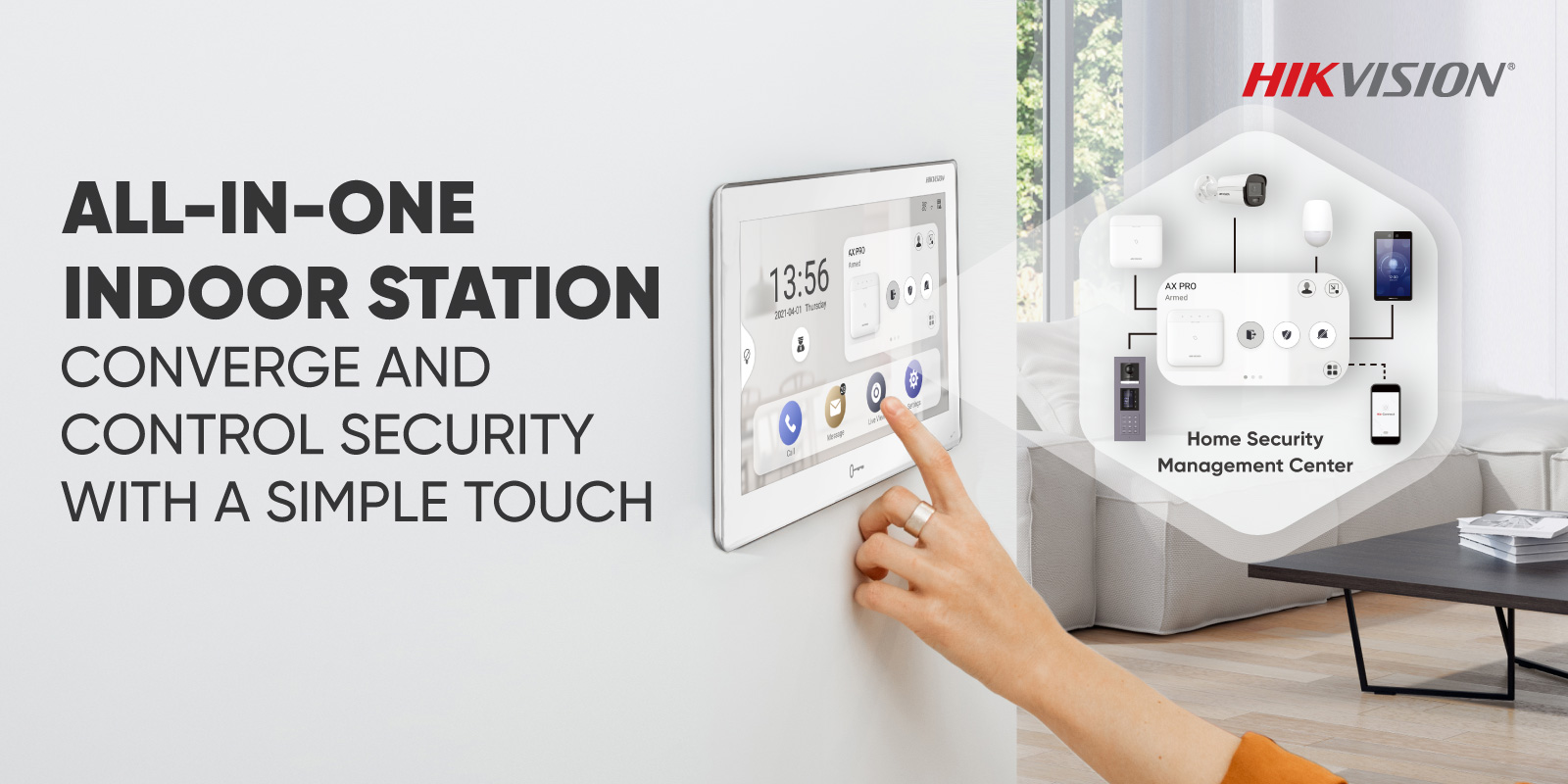No products in the cart.
Preventing Elder Abuse with CCTV: Real-World Cases and How Monitoring Can Help Leave a comment
Elder abuse is one of the most pressing — and heartbreaking — challenges facing aged care providers today. In Australia, thousands of abuse cases are reported each year, ranging from physical harm to emotional mistreatment and neglect. Many more incidents go unreported due to fear, cognitive decline, or lack of evidence.
CCTV (closed-circuit television) systems offer a powerful tool to help prevent, detect, and address elder abuse in nursing homes. This article explores real-world examples, how CCTV has made a difference, and how aged care providers can implement it ethically and effectively.
1. What is Elder Abuse?
Elder abuse can take many forms, including:
-
Physical abuse (e.g. hitting, rough handling)
-
Emotional or psychological abuse (e.g. verbal intimidation, isolation)
-
Sexual abuse
-
Neglect (e.g. withholding food, medication, or care)
-
Financial abuse
Often, abuse happens behind closed doors, and victims may be unable or unwilling to speak up — especially those with dementia or communication impairments.
2. Real Cases Where CCTV Exposed Elder Abuse
✅ Sydney, NSW (2017)
A staff member at a residential aged care facility was recorded on CCTV slapping a dementia patient and yelling aggressively. The video surfaced after families raised concerns about unusual bruises. The footage led to immediate dismissal and criminal charges.
✅ Melbourne, VIC (2021)
After a family requested a camera be placed in their mother’s private room, footage later revealed a carer force-feeding the resident and verbally abusing her. This resulted in a full investigation, media attention, and overhaul of the facility’s staff training program.
✅ Regional QLD (2023)
CCTV in the hallway of a facility captured a resident calling for help for over 40 minutes with no response. The footage was used to prove negligence and triggered regulatory scrutiny under the Aged Care Quality and Safety Commission.
These examples highlight how video evidence can play a vital role in uncovering misconduct and driving systemic improvement.
3. How CCTV Helps Prevent Elder Abuse
1. Acts as a Deterrent
The presence of cameras in common areas sends a strong message: abuse will not go unnoticed. This encourages better staff behaviour and more professional conduct.
2. Enables Faster Intervention
If staff or family members suspect an issue, CCTV allows for quick footage review to verify claims and act fast. This is especially helpful in early detection of subtle abuse or neglect.
3. Supports Staff Against False Allegations
Sometimes, staff are wrongly accused of abuse. CCTV provides an objective view, helping to protect carers and maintain workplace trust.
4. Builds Transparency and Trust
By sharing your CCTV policy openly with families, you create a sense of transparency and accountability, reassuring them their loved ones are safe.
4. Where Should Cameras Be Installed?
To be effective while respecting privacy, cameras should be installed in:
-
Common rooms and lounges
-
Hallways and access corridors
-
Dining rooms
-
Entrances and exits
-
Nurse stations and medication areas
Private bedrooms and bathrooms should only be monitored with informed consent from the resident or their legal guardian.
5. Ethical and Legal Considerations
While CCTV can be a powerful ally in preventing abuse, it must be used ethically:
-
Obtain resident and staff awareness through signage and policies
-
Avoid intrusive placement (e.g. toilets, dressing areas)
-
Protect footage with strict access controls and encrypted storage
-
Comply with Privacy Act 1988 and state surveillance laws
Also consider including families in the discussion before system expansion or upgrades.
6. Supporting a Culture of Care, Not Surveillance
CCTV is a tool — not a replacement for leadership and training. To truly prevent abuse, it should be part of a wider culture of accountability, including:
-
Rigorous staff screening and onboarding
-
Regular elder care training and refreshers
-
Clear incident reporting protocols
-
Whistleblower protections
-
Internal audits and oversight
By combining surveillance with values-based care, facilities can create safe, respectful environments where abuse cannot thrive.
Conclusion: Footage Doesn’t Lie — and It Can Save Lives
Elder abuse is often hidden in silence. CCTV systems provide aged care operators with a set of eyes that never close — helping protect vulnerable residents, support honest staff, and build family trust.
While privacy must always be respected, thoughtful implementation of CCTV can make the difference between a crisis averted — or one captured too late.
Want to prevent abuse in your aged care facility with reliable surveillance?
Contact SecurityWholesalers.com.au for expert advice on compliant, high-performance CCTV systems tailored for aged care environments.





















